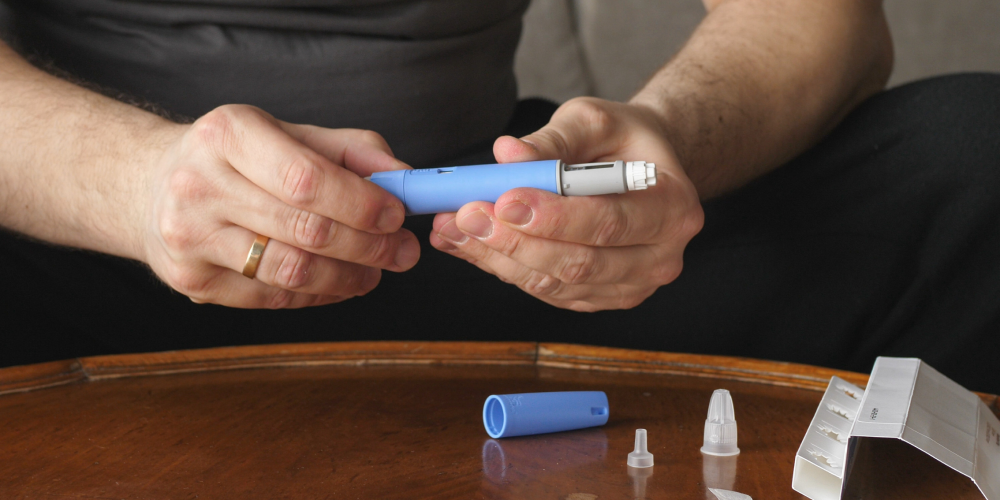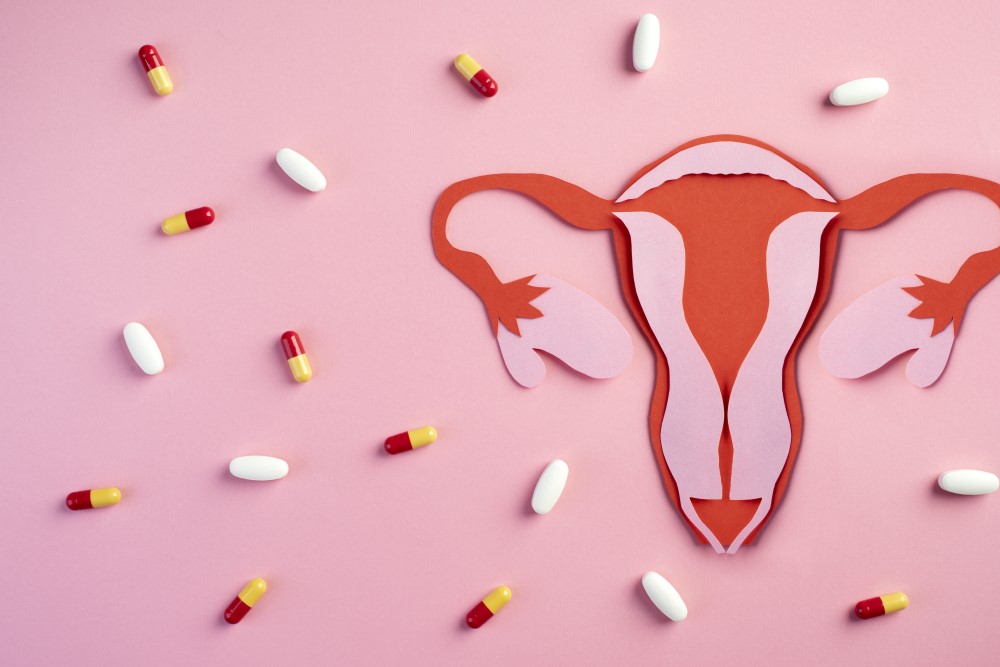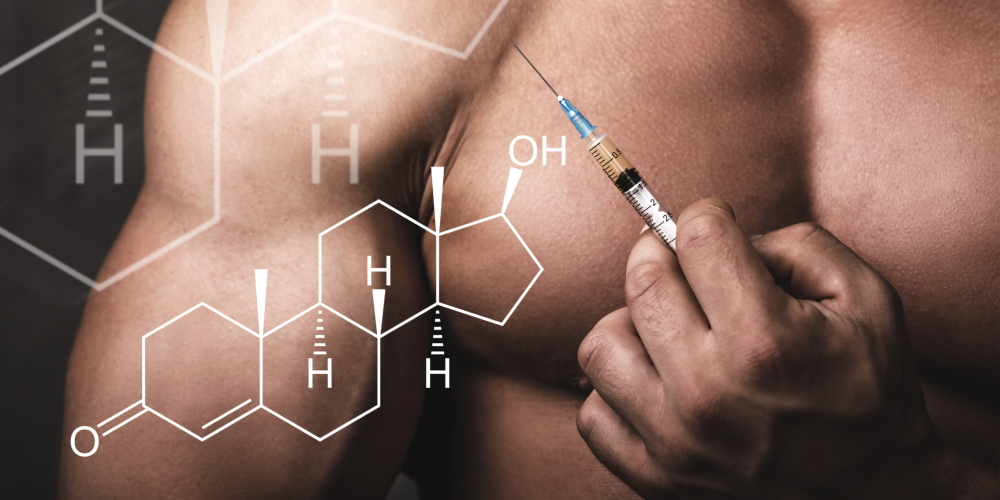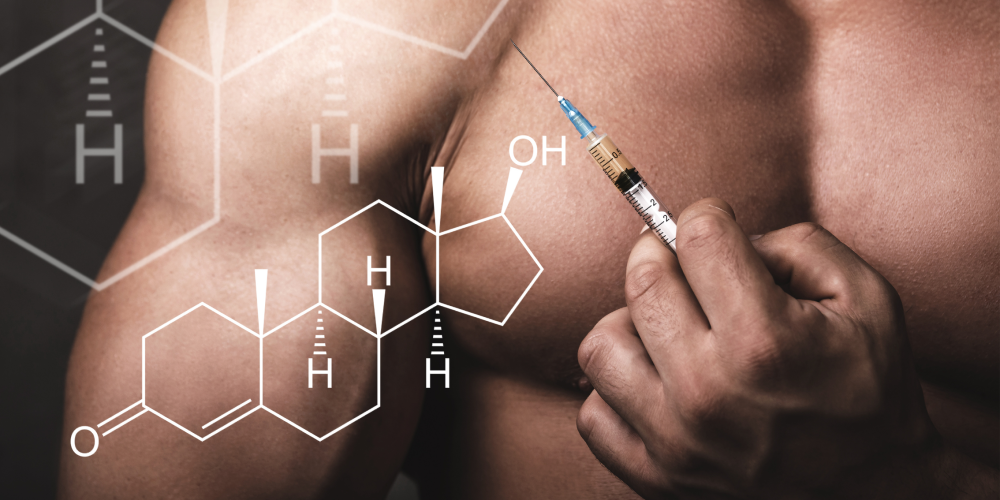Crashed Gear – Why it happens and what to do
For those unfamiliar with the subject, let’s start from the beginning: what is crashed gear? It’s simply the term used for when the hormone becomes unsolubilized within the solution and they become separated, usually forming crystals and giving the vial a waxy, sometimes white, sometimes gluey-looking appearance.
So, let’s go over some of the reasons as to why gear crashing may happen:
- How long the ester is: shorter esters (e.g., propionate, acetate or phenylpropionate) form harder, stronger crystals, with a melting point close to 100ºC, while longer esters often have a melting point closer to a human’s body temperature of around 30 to 40ºC, the exception being cypionate, a longer ester with higher melting point. This explains why shorter esters tend to separate from the mixture as the ambient temperature decreases.
- Concentration of hormone: as logical as it may sound, the higher the concentration, the higher the tendency to crash. Manufacturers will of course try to compensate for it by using stronger, more concentrated solvents, but there’s only so much that can be done while keeping the gear usable. So, lower-concentrated vials with no blends (just one hormone) will probably crash far less often than the high concentrated stuff.
- Solvents used: some solvents are capable of keeping a mixture stable through lower temperatures more easily than others. Of course, these tend to be more expensive and aren’t used as much.
- Mechanical Agitation: If you keep your gear sitting in a shelf or your bathroom closet for too long, crystals may start to form at the bottom, once a single crystal forms, it becomes easier and faster for many more to appear.
- Storage temperature: As we’ve discussed later, temperature plays a major rule in the solubility of hormones in oil, with higher temperatures making the gear harder to crash.
- Impurities: Any impurities that get pushed into the vial may contribute to forming a crystal. If your gear is on the verge of crashing and an impurity is pushed inside (via a dirty needle or rubber cap, for example), it may become easier for it to reach that crashed state.
So, it’s obvious gear crashing becomes more common comes wintertime, as temperatures decrease drastically, especially in environments with no consistent heating. Now some individuals will panic and toss away their gear as soon as they see it looking weird or crashed. Some will even bad-mouth brands about this online. This is not needed, as crashed gear may come back to its original state following a few basic steps:
- Keeping your gear at a proper temperature: Anywhere between 20ºC±10ºC (or 50 to 86 ºF) will probably be fine if your gear is properly made and has not crashed yet.
- Heating it up: You can try leaving your vials under hot running water from a tap for a few minutes, if that doesn’t solve it, you can bring water to a boil in a pan and place your vials in there, making sure to keep the water level just below the rubber caps (as some water may get in the vial that way).
- Adding more solvent: If you really don’t want to toss away your gear and none of the previous steps solves the issue, you can try ordering solvent online and a microfilter for syringes/needles and add a little bit of solvent at a time (about 1% of the mixture) and heat it up mixing thoroughly. Now please if you want to try this do your research first, know what kind of solvent is used in your particular gear and order the same and keep in mind that the concentration of gear will change slightly. Modifying the concentration of solvent also has to do with post injection pain, learn more by reading the PIP article.
- Lower concentration by adding sterile oil: You can simply purchase some sterile oil and add a percentage to your gear. Obviously, you need to do a little math to find out final concentration. It’s also a good idea to add around 1% of total volume of benzyl alcohol to keep your concoction sterile (total concentration of benzyl alcohol is normally over 0.9% to be effective). After doing this, a bit of heat should bring everything back into solution.
While some people will think crashed gear is garbage and got scammed by the store, it shows that there’s actually real hormones in it, otherwise there would be nothing to crash out of the mixture.









